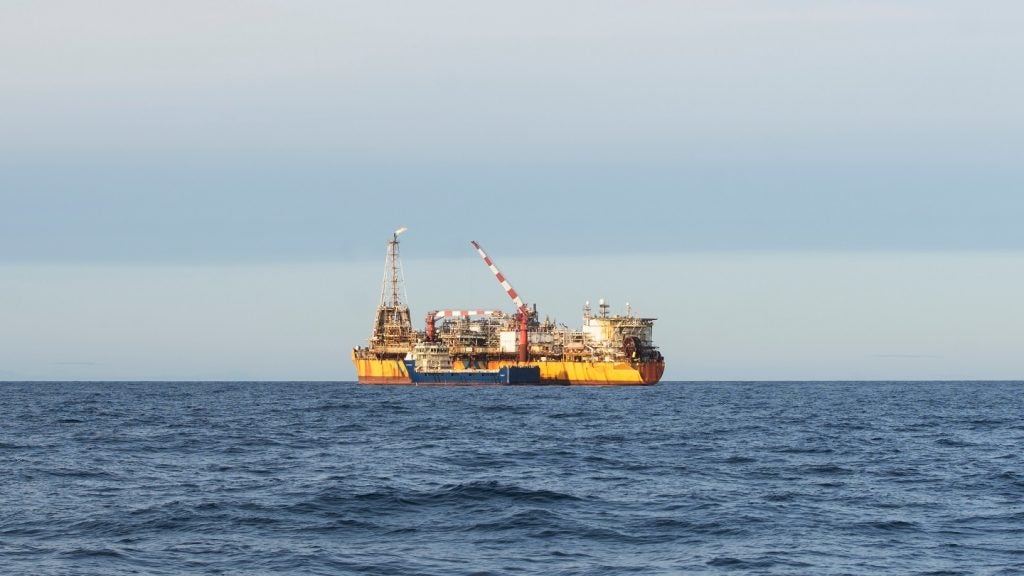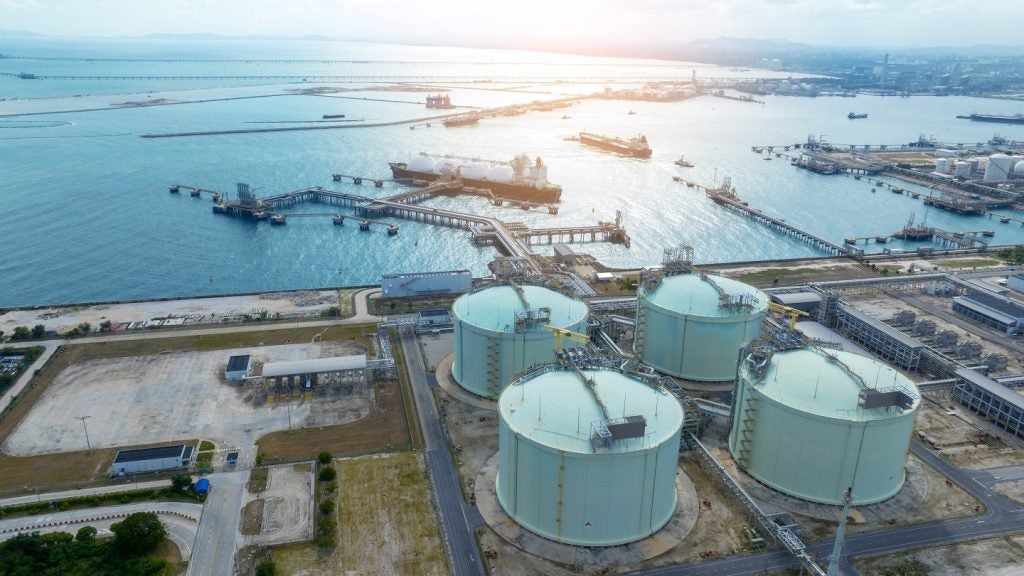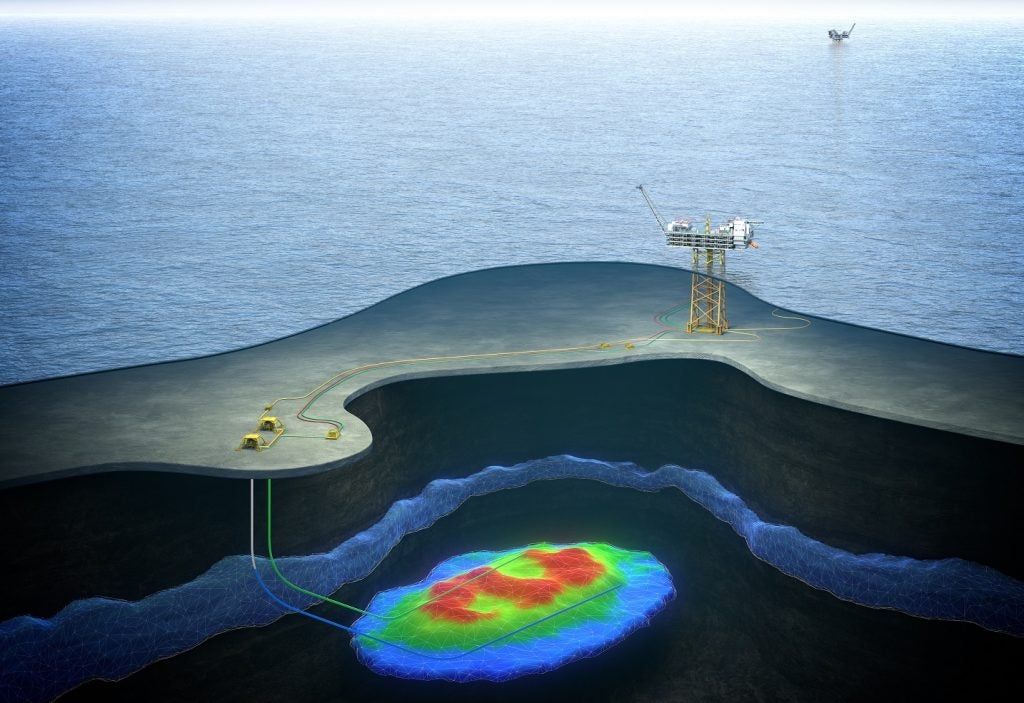Sepehr is a producing conventional oil field located onshore Iran and is operated by Pasargad Energy Development. According to GlobalData, who tracks more than 34,000 active and developing oil and gas fields worldwide, the field is located in block Sepehr. Buy the profile here.
Two expansion projects are associated with the Sepehr conventional oil field, namely the Sepehr Phase 2 and the Sepehr Phase 3. The expansion projects are currently in the feasibility stage.
Field participation details
The field is owned by Pasargad Energy Development.
Production from Sepehr
The Sepehr conventional oil field recovered 2.15% of its total recoverable reserves, with peak production expected in 2025. Based on economic assumptions, production will continue until the field reaches its economic limit in 2075.
See Also:
Contractors involved in the Sepehr conventional oil field
The key contractors involved in the Sepehr project as follows.
Other Contractors: AFTAB IMEN PARTO Consulting Engineers
About Pasargad Energy Development
Pasargad Energy Development Co (Pasargad Energy) is a company that explores, produce and refine petrochemicals marketing, power generation & renewables as well as new high-tech venture capitalizing. The company is headquartered in Iran.
For more details on the Sepehr Conventional Oil Field, buy the profile here.
Premium Insights
From

The gold standard of business intelligence.
Blending expert knowledge with cutting-edge technology, GlobalData’s unrivalled proprietary data will enable you to decode what’s happening in your market. You can make better informed decisions and gain a future-proof advantage over your competitors.






